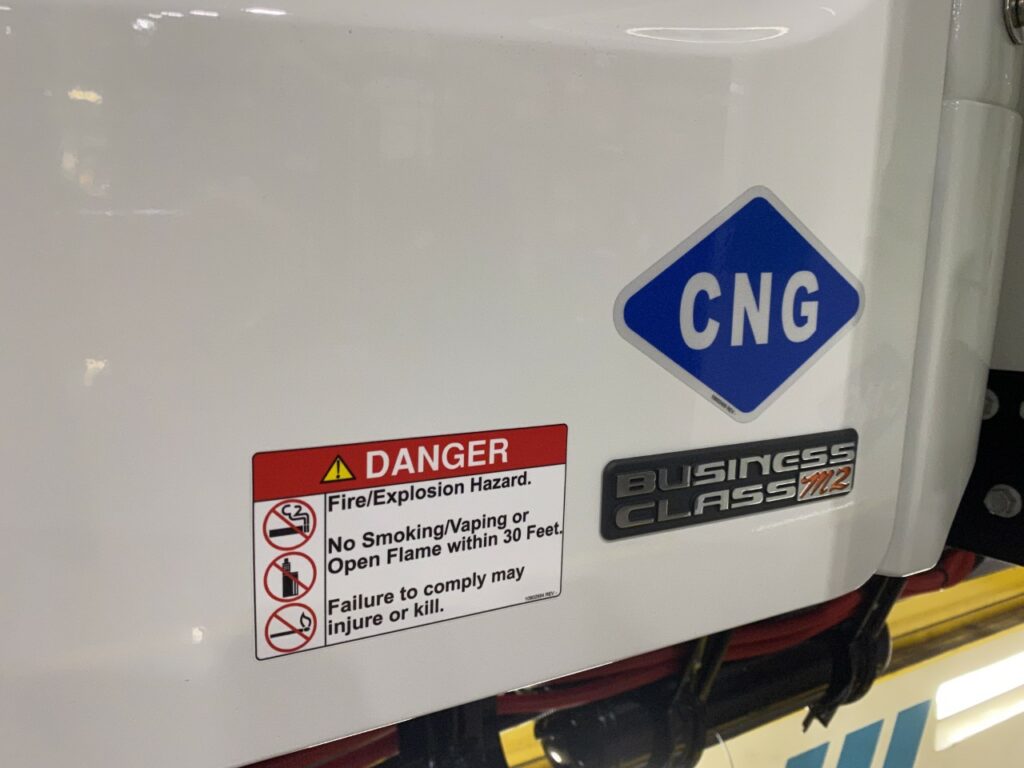Green targets should look from wells to wheels
Trucking has an undeniable role in the journey toward a greener world, and you don’t have to look very far to see examples of changes in the works. Greenhouse gases continue to be slashed through enhancements to diesel-powered equipment. And each day we learn about advances in trucks powered by batteries and fuel cells alike.
As far as we have come, however, the latter options continue to face barriers – especially when it comes to sourcing energy to turn the wheels.
In the absence of pipelines, hydrogen needs to be delivered by trailer or produced at a local level. And the fleet-wide charging strategies for battery-electric trucks are more complex than repurposing the electricity that would otherwise support a shop’s welder. Ask any fleet that has had a serious discussion with its local utility provider.

It’s all coming. But it will take time to generate all the required fuel and energy. More time than regulators might like.
Meanwhile, the truckers that are taking a serious look at the future are experiencing some undeniable range anxiety. The first generation of battery-electric trucks is best equipped to support local and regional work. And most truck makers continue to stress there will be no “silver bullet” to meet every need.
The trucking industry can’t simply shrug its shoulders and abandon operations that fall outside the reach of emerging technologies. Existing diesel emissions guidelines continue to tighten. And shippers are leaning evermore on their transportation partners to help reduce overall carbon footprints.
The potential of RNG
But one option for a greener future remains largely untapped.
Building on the existing benefits of natural gas, renewable natural gas (RNG) can capture methane from sources as diverse as landfill sites and cow manure. An example of the latter opportunity is being demonstrated by the Bluewater Recycling Association fleet in Middlesex County, Ontario. Removing captured methane at its source more than offsets any emissions from the trucks that use it.
If we actually consider where energy is sourced, geologic natural gas generates 543 grams of greenhouse gas equivalents per kilometer, according to research compiled by Hexagon, a maker of storage systems for gaseous fuels. Produce the same fuel with manure, and the end result removes 745 grams per kilometer. To put this all into perspective, diesel-powered trucks generate 663 grams.
Battery-electric vehicles perform better in such measures if their energy comes from a green source such as nuclear or hydro-electric power. But if the energy is generated using coal, the emissions increase to 1,069 grams. And the green hydrogen that could emit 10 grams per kilometer is years away from being widely available.
Renewable, power, and range
Looking to source renewable fuel? RNG can be mixed directly into natural gas pipelines without affecting vehicle performance. It already accounts for more than 90% of the natural gas available for transportation in California.
Need more power? Cummins is introducing a 15-liter X15N engine that will burn the fuel, building on widely available options with lower displacements.
How about the range? Hexagon estimates the range of a sleeper-equipped tractor to be close to 1,200 miles (1,900 km) when the unit is equipped with dual side mount tanks and a back-of-cab storage system.
There’s also something elegant about a solution that can repurpose a traditional waste stream.
But for RNG to establish any real traction, politicians and regulators must embrace a comprehensive measure referred to as “wells to wheels”. If the end goal is to clean up the broader environment, energy production certainly deserves to be part of discussions alongside tailpipe emissions.
Natural gas proponents bristle at any mention of RNG as a “bridge” fuel until better options come along. Time will tell just how long internal combustion engines will need to be part of the equation. But rest assured, the bridge to a zero-emissions world is much longer and more complex than many politicians may think.
Trucking can do its part, but it needs access to all the tools to make it a reality.
Have your say
This is a moderated forum. Comments will no longer be published unless they are accompanied by a first and last name and a verifiable email address. (Today's Trucking will not publish or share the email address.) Profane language and content deemed to be libelous, racist, or threatening in nature will not be published under any circumstances.